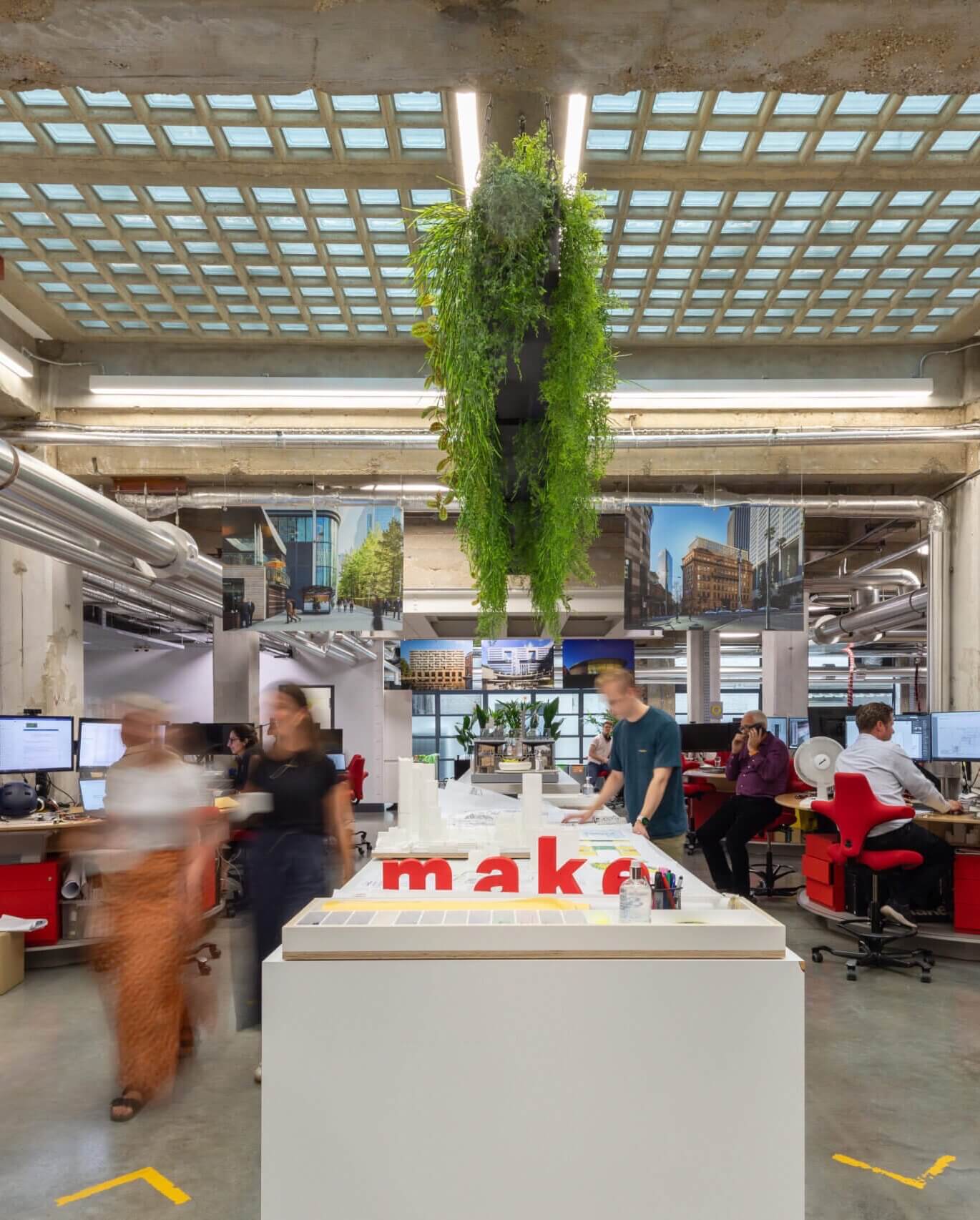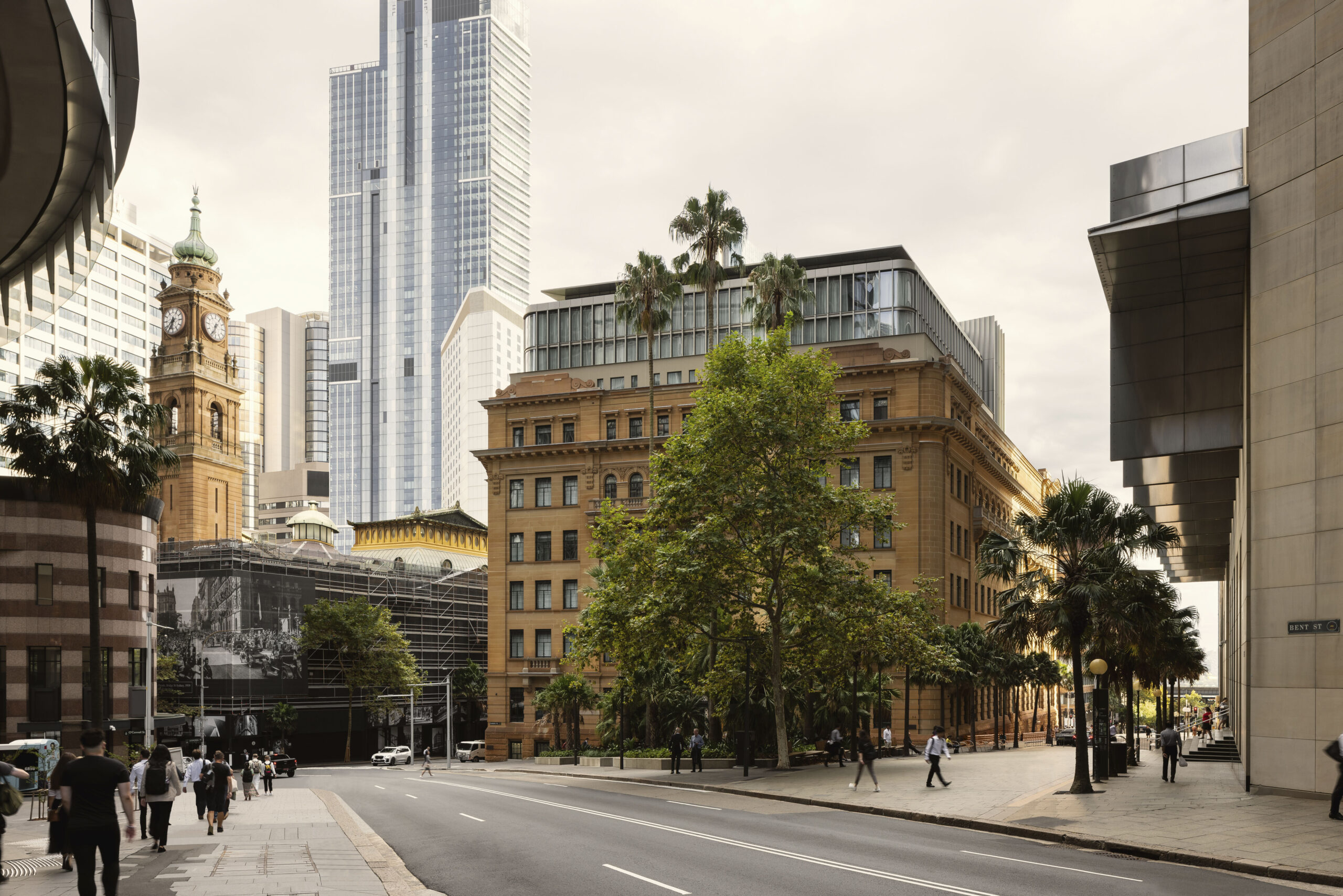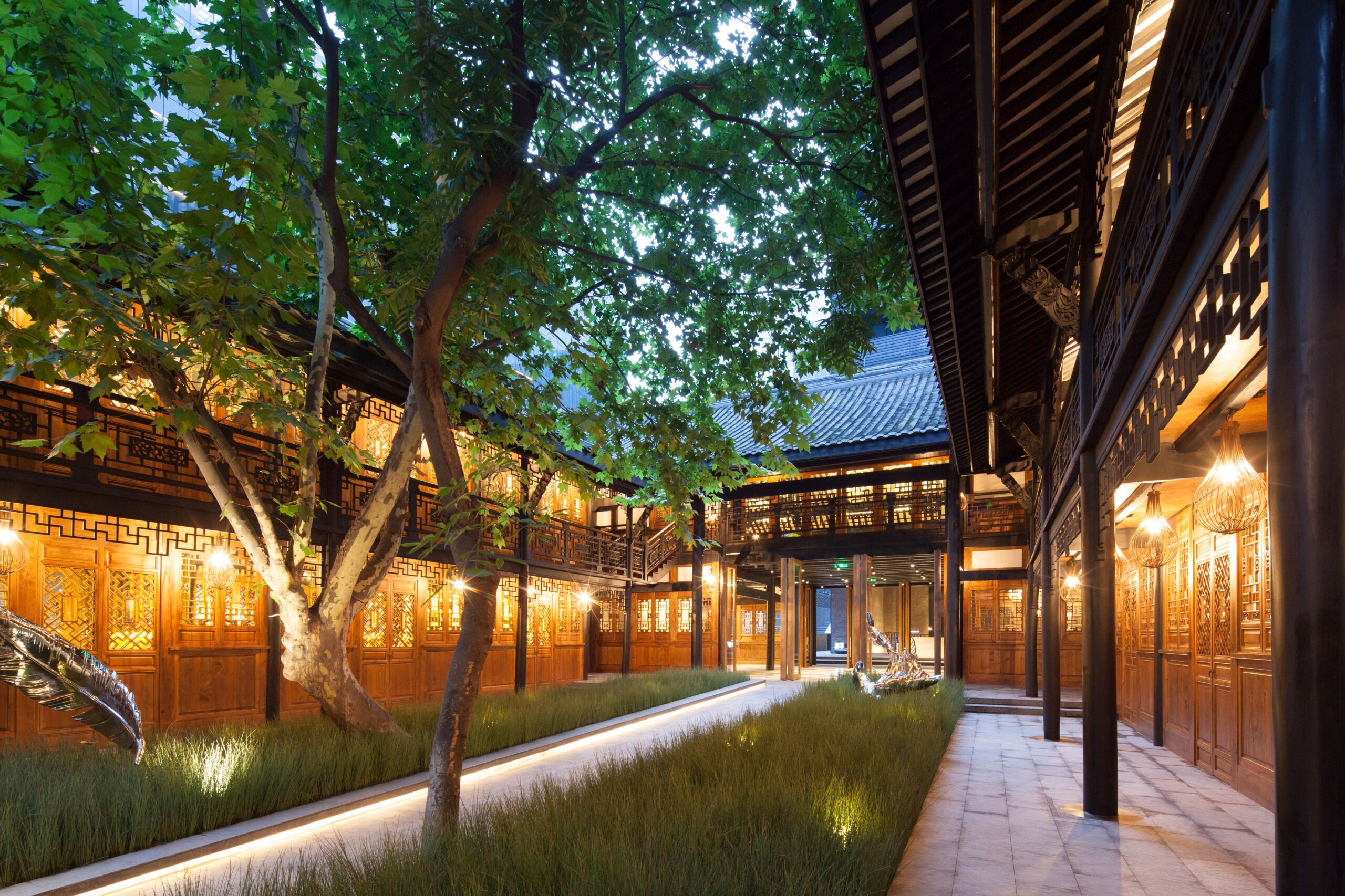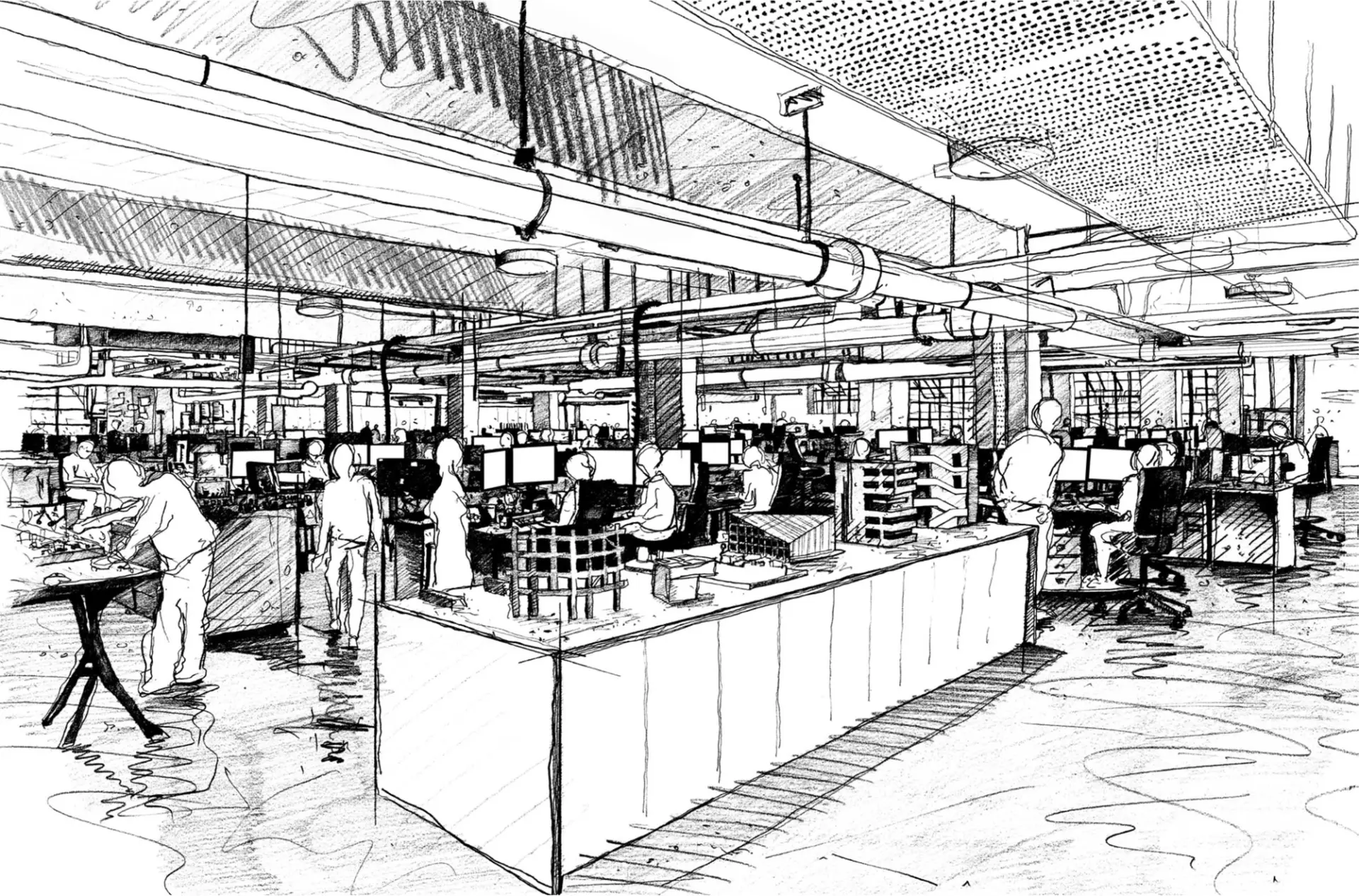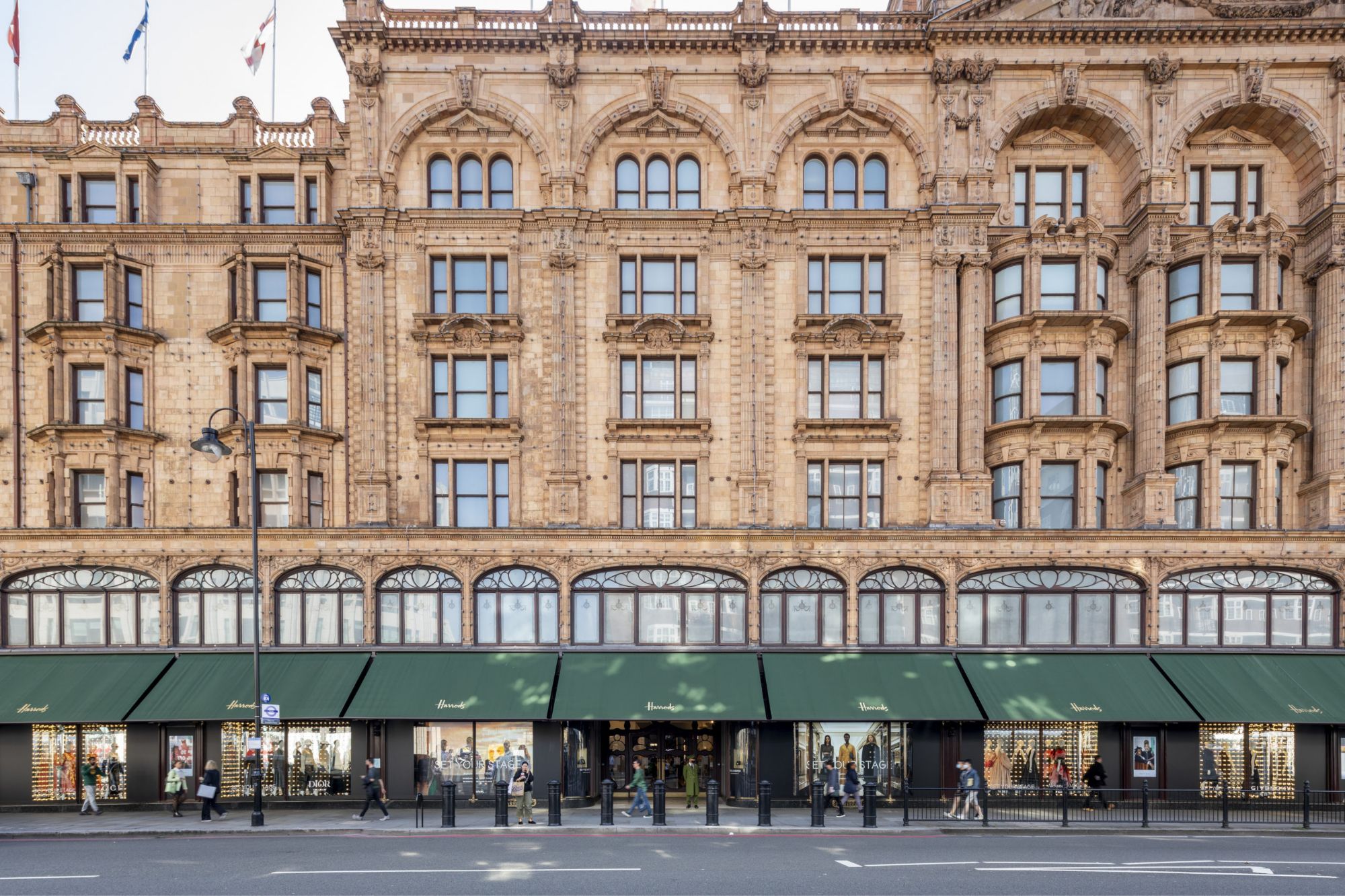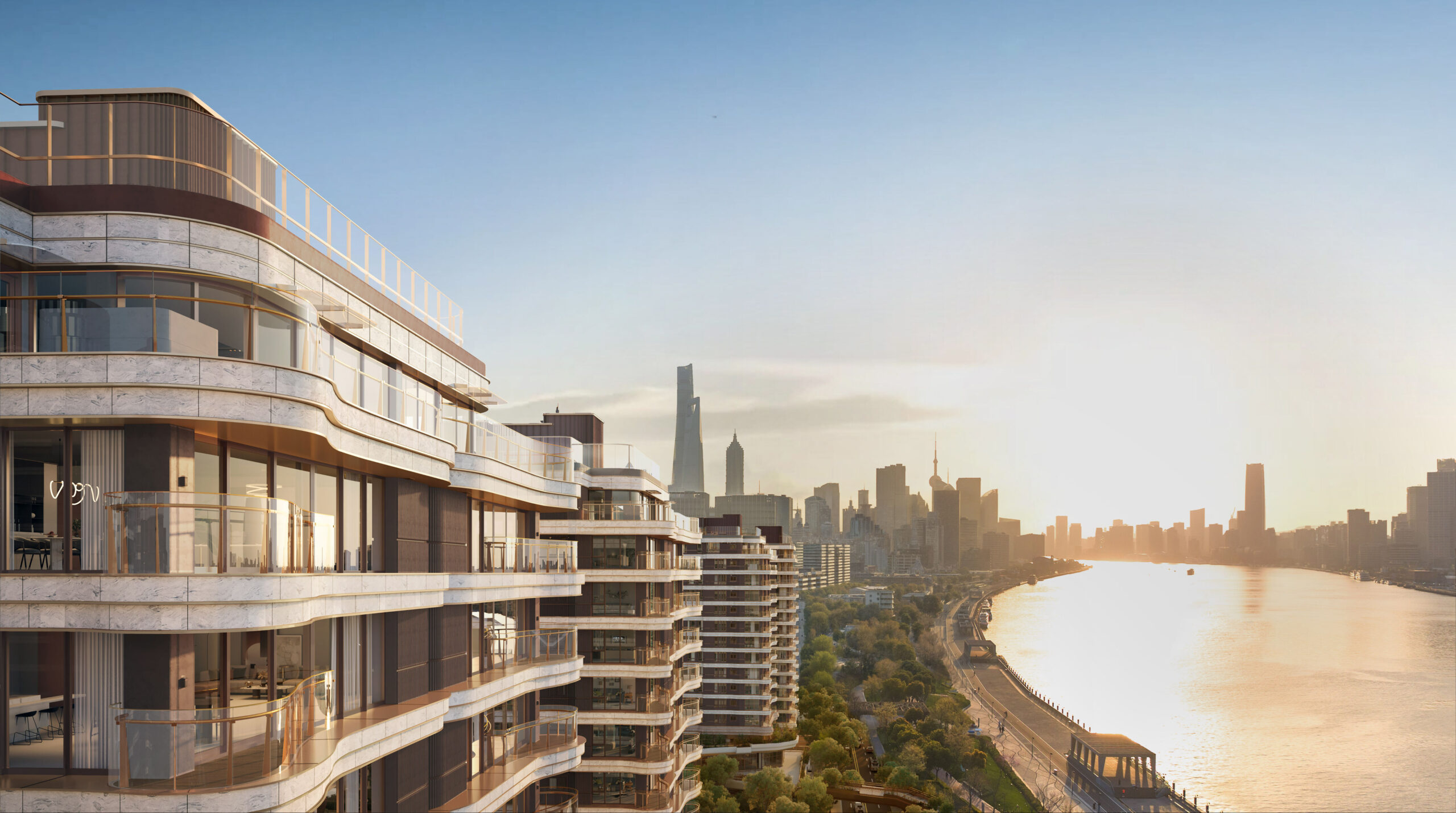

Innovation in development is heavily constrained by the need to compete for land. The land beneath a development absorbs all of its residual value after costs, shaping an industry driven by margins that must be shared among financiers and local authorities, in interest and development taxes.
Another problem is the lack of variety to suit need. Cookie-cutter developments sell and let readily because there are too few new homes, not because they make interesting places that sustain economic and social value.
This is not to say that developers can’t or won’t innovate, or that innovation doesn’t pay. But many developers don’t, to avoid risk. Innovations in design and delivery – like better energy performance, more storage or improved workspace provision – remain tough to value.
Things are changing, though, as they have in the office market. There are immediate reasons for this and broader-brush ones. Below, two members of our roundtable share their thoughts on the current state of residential design and development in UK cities.
A property data expert’s view
At a glance
The sales market is going better than people thought. On the back of an incredibly challenging three years, we came out of lockdown and saw a rush of people wanting to move, with huge demand coming through in 2021/22.
The first-time buyer market has been resilient in 2023 so far, despite Help to Buy ending in March [2023]. Although sales are down on 2019, they are marginally better than average. The rental market is a different picture. Demand stayed strong in lockdown and remains way above the sales market, with double-digit growth in rents for new listings.
Where people are looking
The urban exodus has ended: people have been coming back and favour commuter towns close to London. Hybrid working is driving the trend, but it’s not yet clear how that will settle – a fundamental issue for home design. Most online enquiries comprise local moves, but these have been expanded to cover a much larger area.
What they want
People are more flexible about where they’re looking but less flexible about what they look for.
Significant demand for large houses at the start of lockdown was coupled with short supply. This meant large properties in North Wales went up 30%, but flats in London only 4 to 5%. But now, reacting to the rising cost of living, demand is rising for smaller properties, like 1-bed flats in town, and again outstripping supply.
What the search terms tell us
Back in 2018, the top search terms in sales enquiries were ‘garden’, ‘garage’ and ‘balcony’. But in 2021 they included ‘acre’, ‘annexe’, ‘rural’ and ‘land’. Annexes are increasingly popular because people want home working space. That’s also why people search ‘garage’.

The rental market is different. ‘Furniture’ is important; ‘pets’ has always been number one. But rapidly rising is ‘bills included’, which only a small proportion of rental properties offer. Concerns about sustainability, energy efficiency and the cost of bills have seen the ranking of keyword searches for ‘heat pump’ go from somewhere in the 1,000s to 157. ‘Solar’ has shot up from 500 to 94 in the list. The issue for developers and investors is how these desires can be embodied and monetised in design and development. Is the development industry listening?
An estate agent’s view
At a glance
In other sectors when competitors deliver the same product, they innovate and differentiate their product to stay ahead. Planning and regulations are problems, but so is the industry’s perception of risk. The developer’s response is often to build as many small units as possible. Why is it so hard to innovate?
Yes, valuation is backward-looking, as it relies on comparables. But development is about pushing boundaries and outperforming markets to make a greater profit worth the risk. Doesn’t delivering more of the same just dilute the market, resulting in lower values? Do buildings need to be so complicated? What about designing for ruthless simplicity?
Building for families
The industry’s obsession with small units makes it harder to deliver the right product for families. A major UK housebuilder in London told a conference that only 15% of its 3-bed units are lived in by families; the rest are rented by sharers. Were these homes designed for families? Or were they designed to be as small as possible because of perceived value risk?
Taylor Wimpey and L&Q’s development at Chobham Manor in the Olympic Park, partly designed by Make, is occupied by families because it was designed specifically for them, despite the cheaper houses available round the corner. New homebuyers are typically discretionary because they are wealthier than most of the population and can pay a premium for a good-quality product.
This is also the case in cities like Bristol. Take the Brabazon development in Bristol’s suburbs, surrounded by housebuilder boxes. It features quite substantial but not egregiously big family homes with double-height spaces. These sold at a significant premium.
Being brave and delivering a good-quality product will find a market. Everyone should be delivering variety.
Product versus commodity
People want to impose their own personality on their homes. Yet so much of the new-build housing being delivered has become a commoditised, standardised product. GLA house sizes are the minimum standard, not the optimal product. Variety is being squeezed out.
A concerted effort to lead the argument and show what we’re capable of would be useful. We know families don’t want to live above eight stories, so in low-rise blocks, think in detail what families want, like ceiling height and storage space. Think how homes are occupied and design specifically to that.

Explore emerging submarkets
Challenging market conditions are now forcing developers to explore submarkets such as retirement living, co-living and of course build to rent (BTR). There has always been a need for products that seem a bit more niche, but the hard part is identifying these submarkets and seeing them not as a risk but an opportunity with little competition.
Post-pandemic, this could be a great moment for the industry to see that so many people want different things. Being stuck at home for long periods of time forced most people to evaluate how they lived in their homes and what they really needed.
This should be a moment of emancipation for the industry, where we build schemes of much broader product offerings. Data can give the market confidence that these cohorts of buyers want something different and will pay for it.
This is the first of three articles summing up Make’s 2023 roundtable on urban living. Read part 2 below “The challenges and opportunities”.





